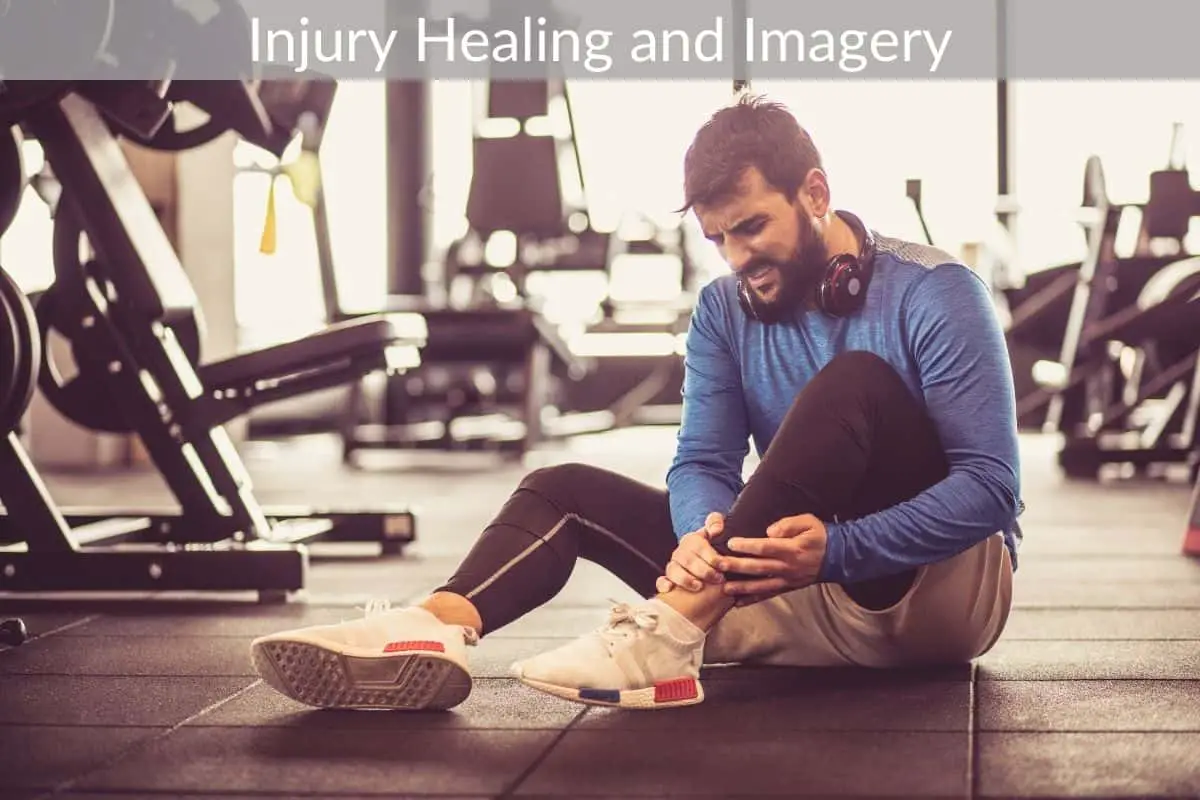*This post may contain affiliate links. As an Amazon Associate we earn from qualifying purchases.
Injury with Visualization
Visualization is well known for assisting athletes in all areas. In fact, during the 2013 Masters golf tournament, golfer Jason Day, closed his eyes and for a significant amount of time breathing and what appeared to be mentally centering himself for an important shot.
Research is now studying the effects of visualization in relationship to recovery after surgery. Mental imagery can shorten recovery time after surgery or injury by reducing stress hormones and stimulating healing.
 According to the results published in the December 2012 issue of the Scandinavian Journal of Medicine and Science in Sports, the group that practiced imagery post-surgery showed greater improvements in knee stability and reduced levels of stress hormones. The authors of the study speculate that imagery may speed recovery by reducing stress, which has been shown to interfere with healing.
According to the results published in the December 2012 issue of the Scandinavian Journal of Medicine and Science in Sports, the group that practiced imagery post-surgery showed greater improvements in knee stability and reduced levels of stress hormones. The authors of the study speculate that imagery may speed recovery by reducing stress, which has been shown to interfere with healing.
Patients who had undergone knee surgery to repair the anterior cruciate ligament (ACL) were randomly assigned to one of two groups. All participants received standard rehabilitation during the six months after surgery, but one group also practiced guided imagery as part of their rehabilitation. The imagery, which was conducted in sessions with a physical therapist and recorded for later listening, included mentally rehearsing physical therapy exercises and visualizing the actual physiologic healing process specific to ACL surgery, such as scar tissue becoming flexible with gentle stretching. Click here to see the research article.
A second study published in the February 2012 issue of Brain, Behavior, and Immunity focused on patients scheduled for gall bladder removal. The group of patients were randomly placed to either a group receiving only standard care or to one that included relaxation and guided imagery for three days before and seven days after surgery. The premise of the relaxation and guided imagery was to reduce stress, improve the inflammatory response to surgery, and improve healing. The results were the same as the first study. Compared with the control group, participants who practiced imagery reported a larger reduction in stress, and their wounds showed signs of greater collagen deposition and faster healing. The first set of imagery exercises focused on being relaxed for the surgery, and the post-surgical imagery concentrated on the body’s healing process. Specifically, participants imagined oxygen and nutrients traveling to the surgical wound and helping the body bring the skin back together, easing discomfort and bringing soothing relief. Click here to see the research article.
Summary of practical applications of mental imagery if you are recovering from an injury or surgery:
- Small amounts of time invested in visualizing healing show great success. If you have an injury, begin recording a visualization for healing as soon as possible. Listen to the recording every day for seven days in a row.
- If you are having surgery, begin three days prior to surgery listening to relaxation recordings that are 10 minutes in length. Click here for a link to a few relaxation recordings.

